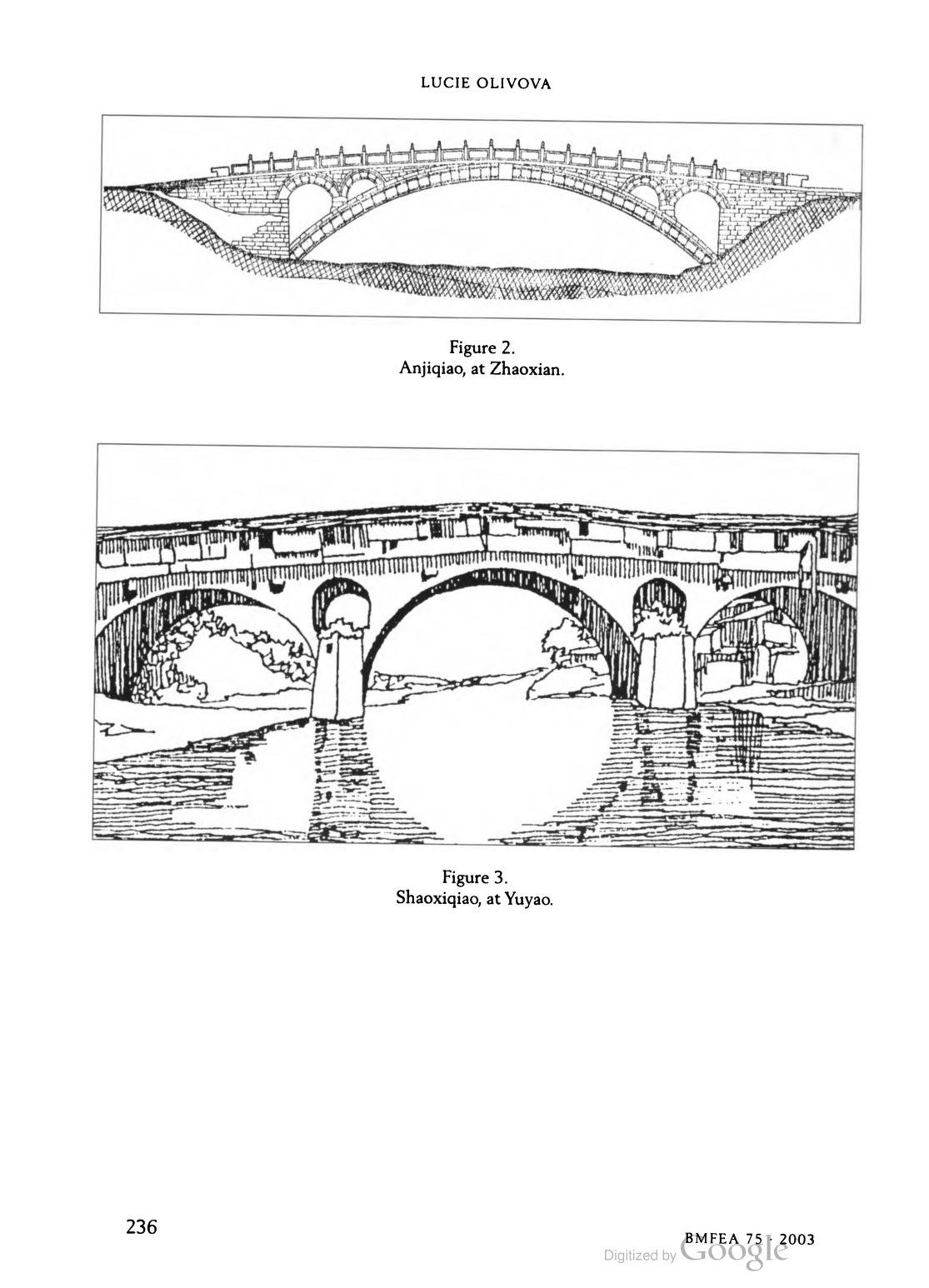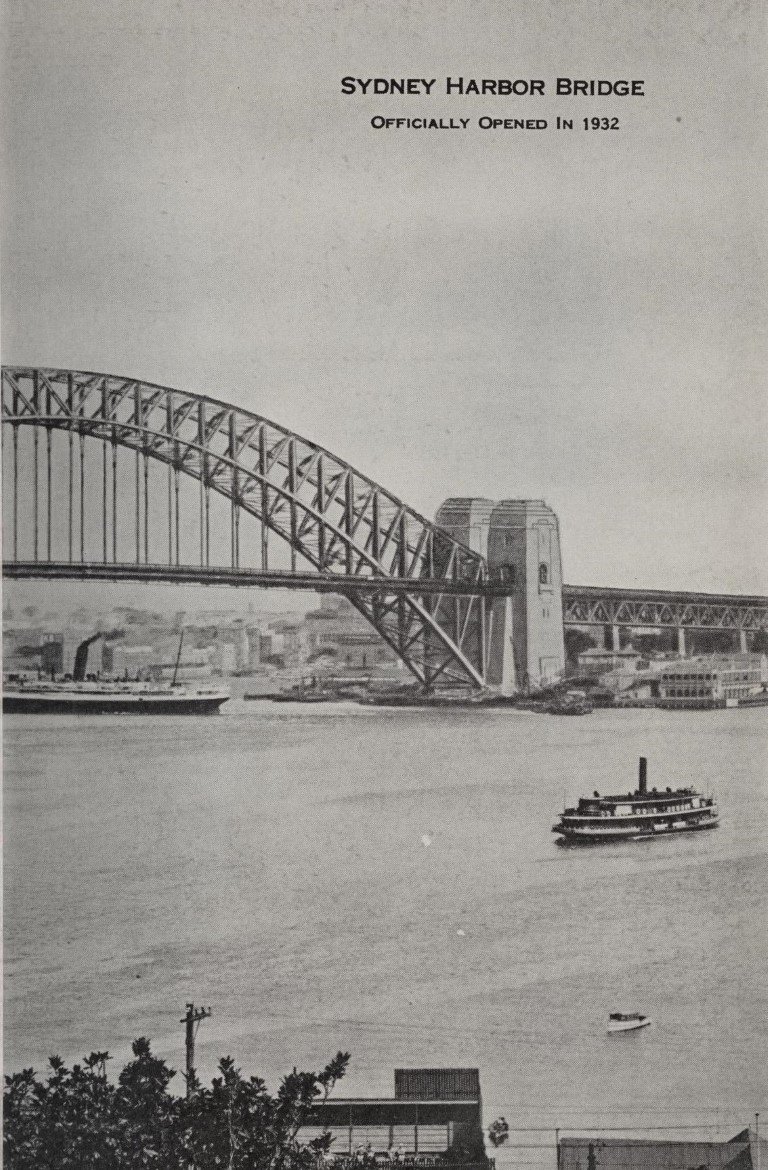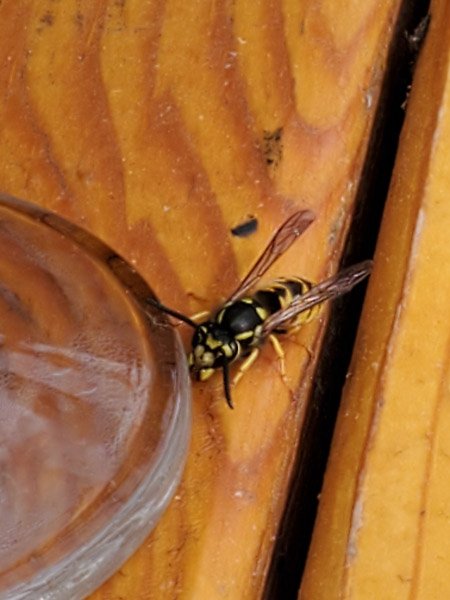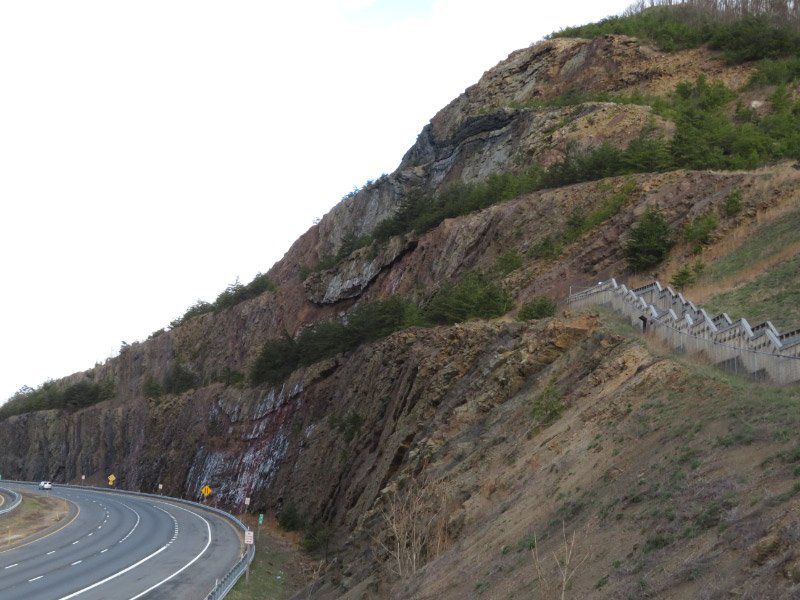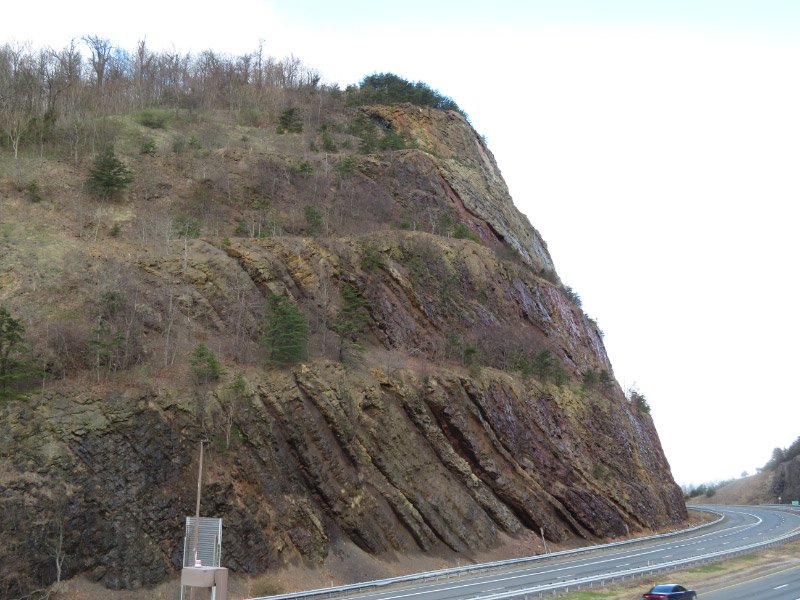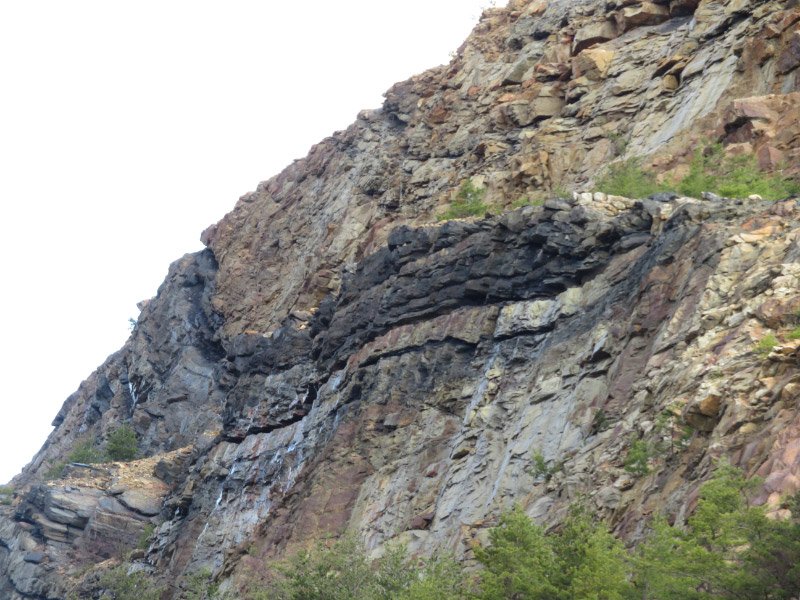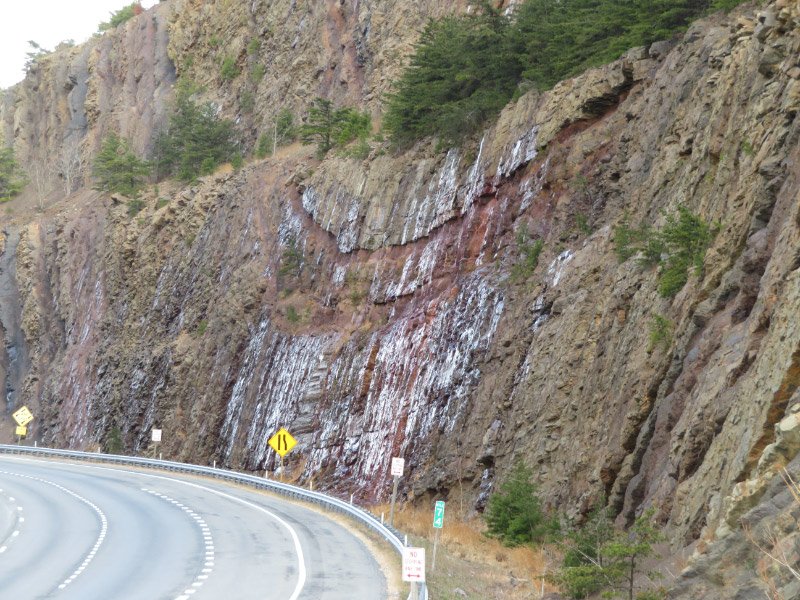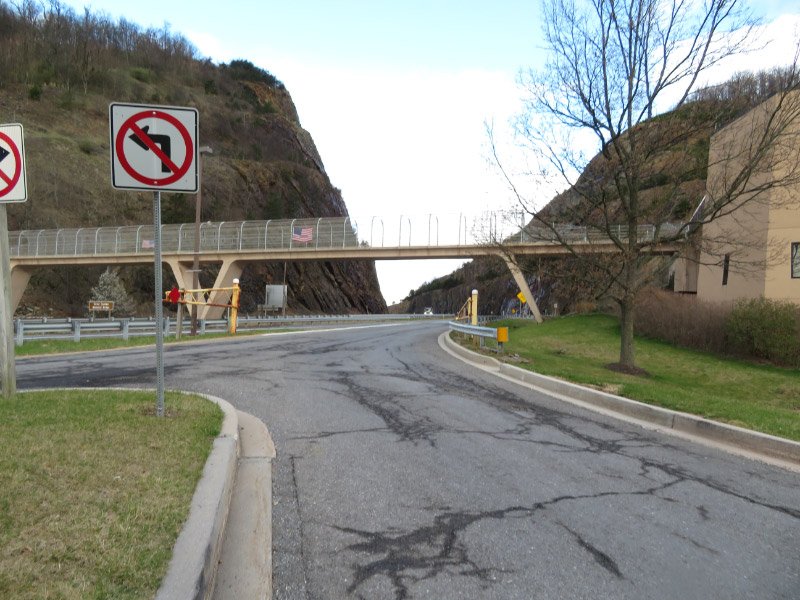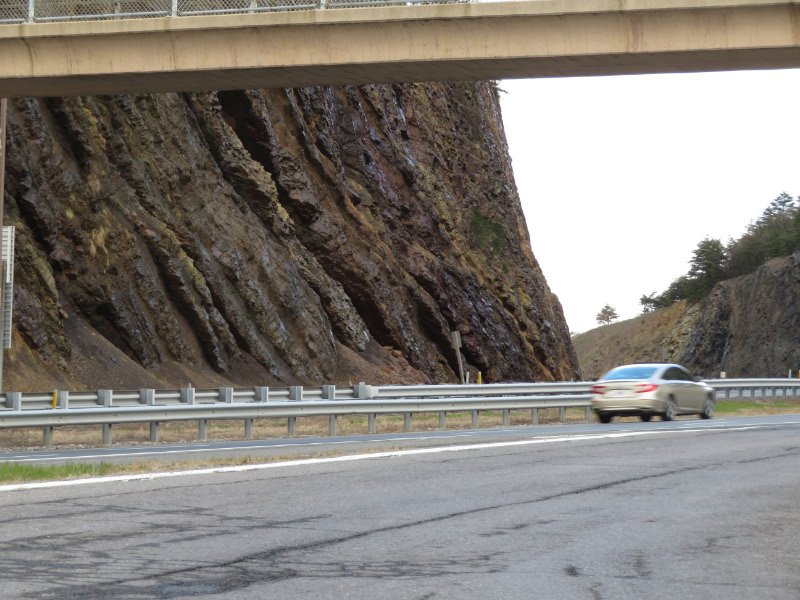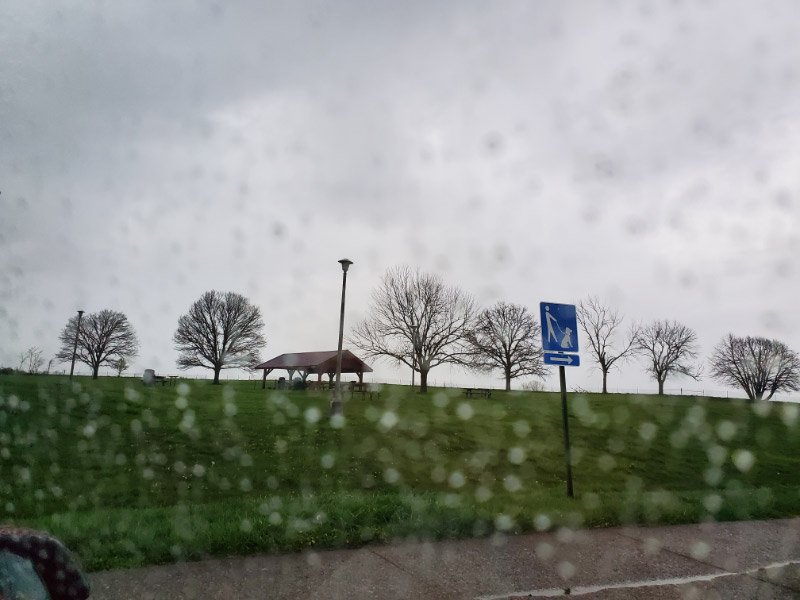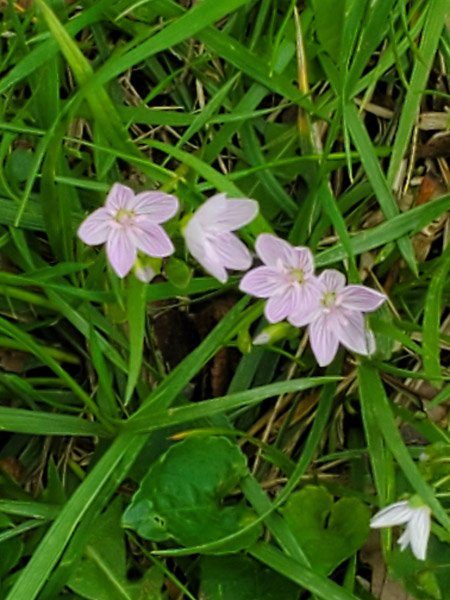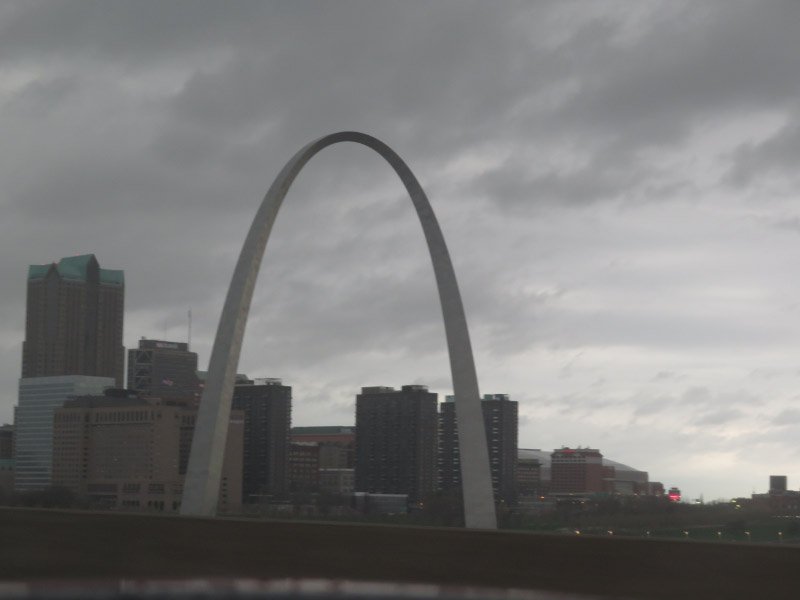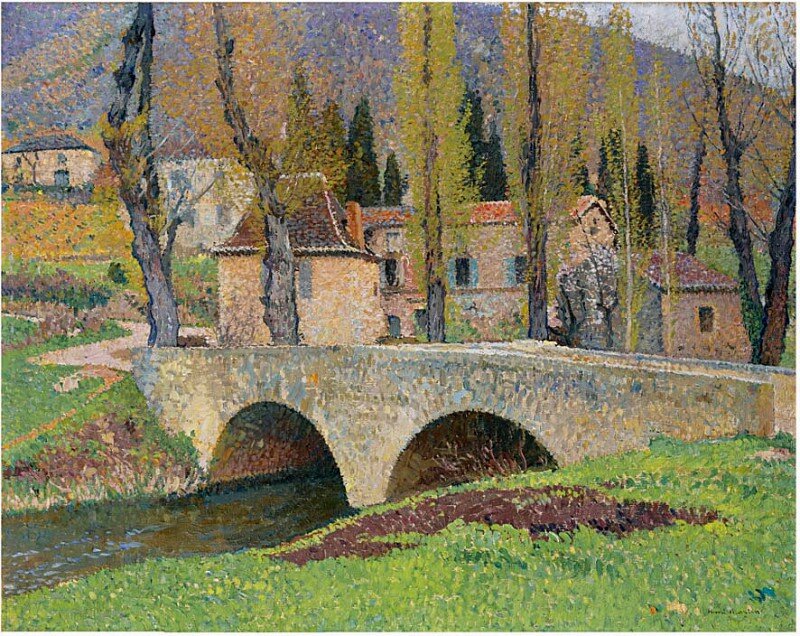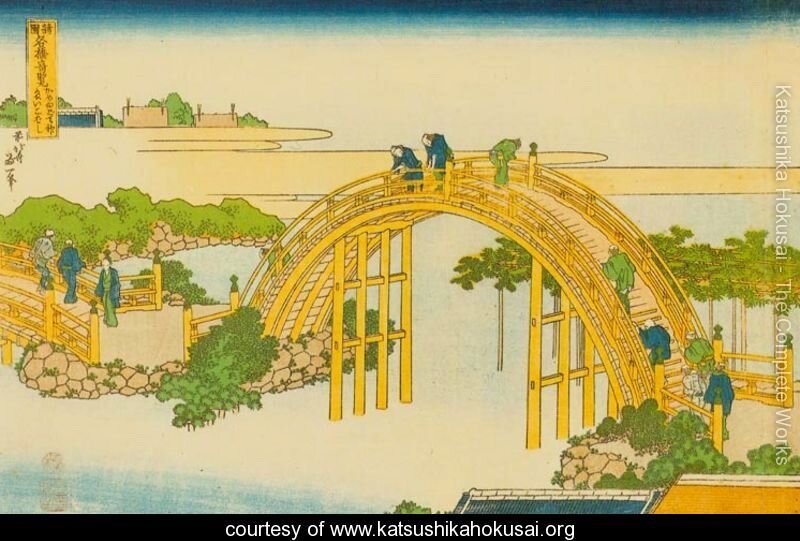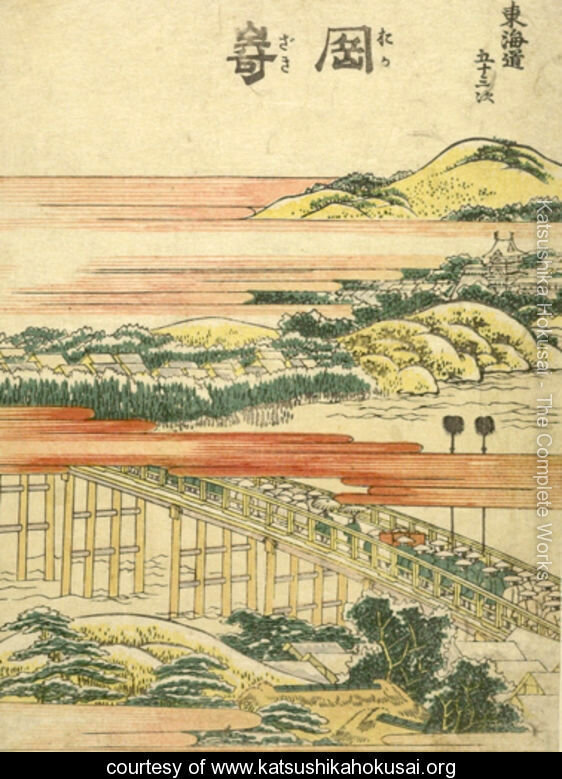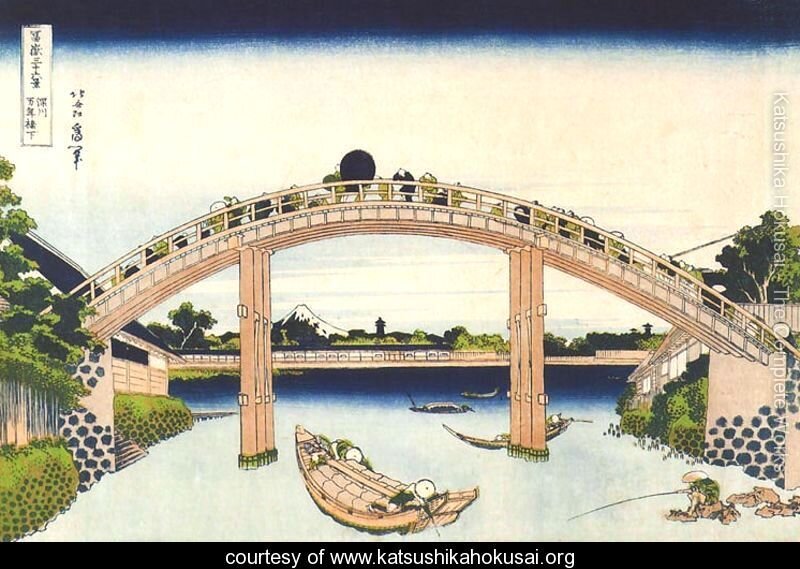Garvan Woodland Gardens (2)
/Our second afternoon at Garvan Woodland Gardens was after we hiked to the Hot Springs Mountain Tower. Our lunch had helped us recover somewhat, but I still took more bench breaks in the gardens! The model trains were running; the tracks were wet and the trains stored during our previous visit.
I took a few more pictures along the way to the Treehouse…we had only seen the outside on our Golf Cart Tour and seeing the inside and the area around the structure was our priority for our ‘on foot’ experience of the garden.
The view from inside the treehouse is full of vegetation and structures – I loved the tree patio and the high bridge. Both my daughter and I tried the pinecone seat; it was reasonably comfortable. It could move from side to side and I wondered if there could be a home version if it that could be used like I use my Swopper chair at my computer table.
There are nooks and crannies in the rocks and vegetation around the treehouse. There was a path lined with young trees and boulders, an Ebony Jewelwing on a fern, quartz veins in rocks, and sculpture…a cave…so many things to hold the interest of children (and adults).
I took a few more pictures of fairy houses as we walked past.
It was the perfect time of year to see mayapples forming under their leaf umbrella.
At one of the paved path intersections there was a cluster of flowers in the pavement.
The Japanese Garden on foot is quite different than staying on the paved areas as the Golf Cart does. We went down stone steps and meandered over stones to cross some water features – saw a Ouachita Map Turtle, a bamboo fence (we learned the previous days that the fences are made from bamboo from the gardens!), and another perspective of the Full Moon bridge.
The oak leave hydrangea and Asian hydrangeas were blooming profusely.
I used my phone for some macro views of the Asian hydrangea flowers.
As we headed back to our car we stopped at the Anthony Chapel….another of the wonderful architectural features of the garden.
I am already thinking about going again to Garvan - earlier in the spring when they have a lot of tulips or in the fall when the leaves will be flying….or maybe in late November or December to see their holiday lights.
















































